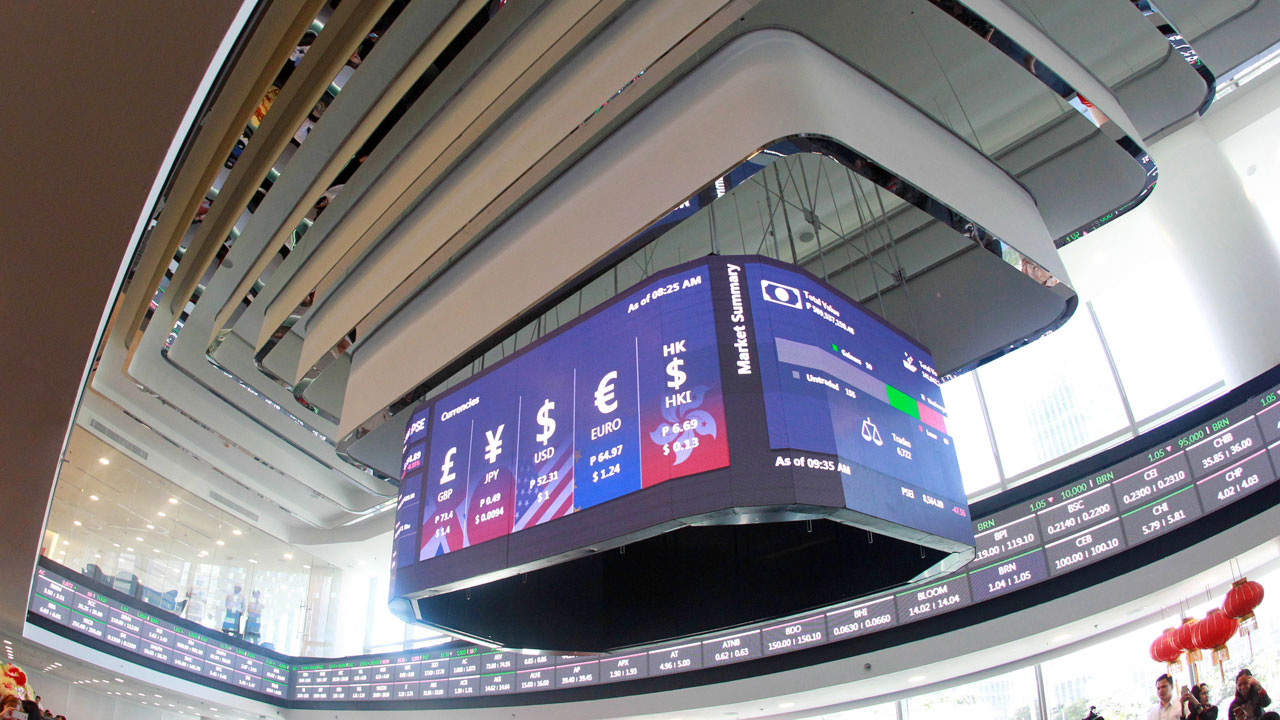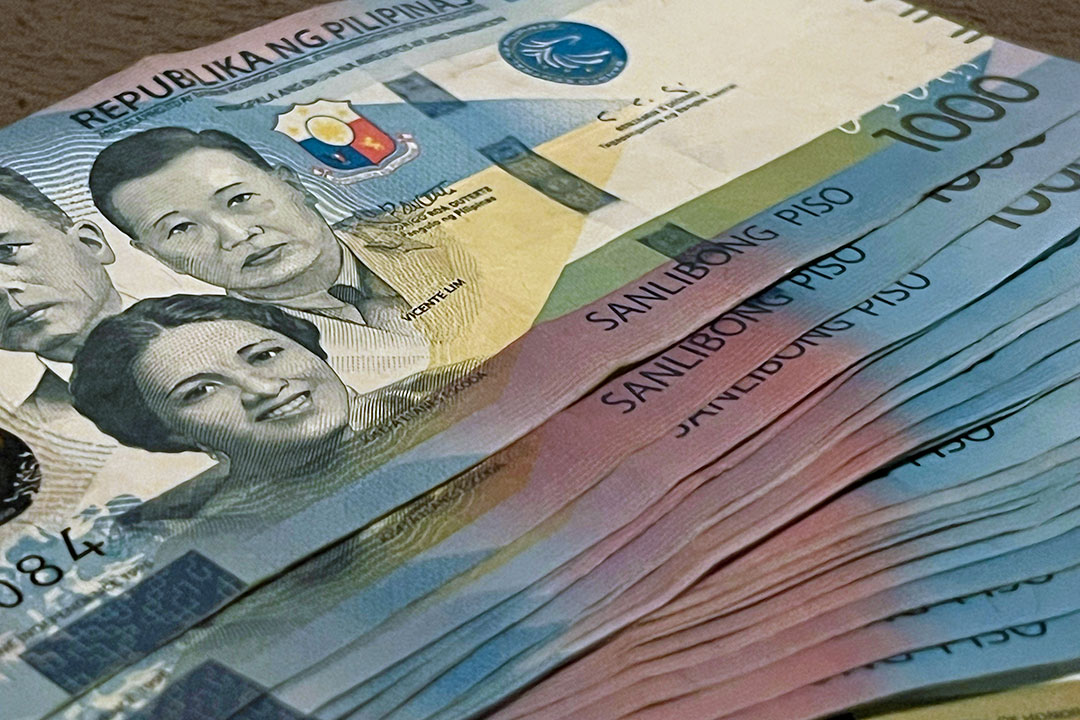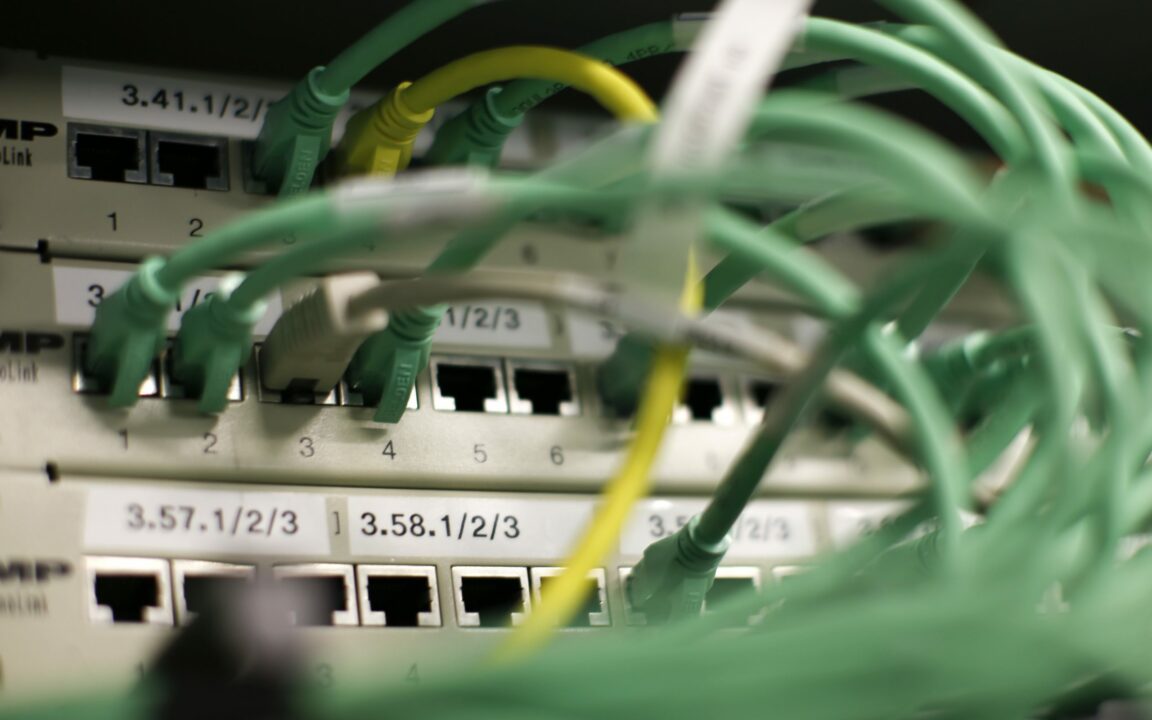
Upgrade to High-Speed Internet for only ₱1499/month!
Enjoy up to 100 Mbps fiber broadband, perfect for browsing, streaming, and gaming.
Visit Suniway.ph to learn
By Marko Lackovic and Jamie Bawalan
INVESTING in the grid is investing in energy transition. The International Energy Agency (IEA) projects that a $25-trillion investment in grid upgrades will be required by 2050 to achieve our net-zero goals — equivalent to about one-quarter of the world’s annual total economic output today.
This need is even more pronounced in Southeast Asia, where legacy grid infrastructure is struggling to keep pace with demand growth. Regional electricity consumption has tripled in the past two decades, fueled by rapid economic growth — with millions of consumers gaining access to power. Demand will continue to grow in coming years, rising at 4% annually, from 1,300 terawatt hours (TWh) to a projected 2,000 TWh by 2035.
Both transmission and distribution infrastructure will be vital for this transition, yet it is the former where some of the most prominent challenges lie.
To align with the IEA’s Net Zero Emissions scenario, average annual investment worldwide in transmission and distribution networks needs to be 88% higher from 2020 to 2030 than it was from 2012 to 2021. The Boston Consulting Group’s latest report, “Delivering the Energy Transition Will Come Down to the Wires,” explores how if we’re to deliver on energy transition goals, we need to tackle complex and interconnected challenges and recognize that there is no transition without transmission.
WHY GRID INVESTMENT MATTERS
Grid investment is critical to a fit-for-purpose modern electricity ecosystem. Renewable energy additions are a major factor, with growing investment meaning grid companies need to adapt to changing generation paradigms. Seventy percent of global power generation is projected to come from variable renewables by 2050, rising from about 10% today.
In the Philippines’ context, peak electricity demand is projected to quadruple from about 16.6 gigawatts (GW) in 2022 to 68 GW in 2050 according to the Philippine Energy Plan 2023-2050. This is equivalent to an average growth rate of 5% per year in peak load. This includes ambitious renewable energy targets — aiming for renewables to contribute 35% of power share by 2030 and 50% by 2040, up from around 27% as of 2023. That means delivering an estimated 14 GW of additional renewable energy capacity by 2030.
Achieving this goal will mean overcoming challenges around energy grid investment, and modernizing infrastructure which in turn could unlock significant green-energy economic opportunities.
In the Philippines and across the region, transmission grid companies must build out their networks so that they can connect geographically dispersed generators. In particular, a dramatic expansion of offshore wind operations in many major markets will require the addition of power lines and substations to connect offshore projects to the transmission grid and add onshore grid capacity to prevent networks from becoming overloaded.
Accelerating electrification will also increase the strain on an aging grid infrastructure. Like many countries in the region, much of the Philippines’ transmission network was built decades ago, and is structured around large, centralized power plants. The grid was never designed for two-way power flows or with the flexibility that renewable-heavy systems require.
The grid is already straining at the seams. Decades of underinvestment have led to bottlenecks and high line losses. Line losses nationally averaged about 9.5% loss of output over the last decade — notably higher than regional players like China and Japan (sub-5%) and on-par with regional neighbor Indonesia (around 9%).
The grid is also highly fragmented due to the archipelagic nature of national geography, which presents a challenge for generation trying to reach rural areas and islands. Transmission line length grew by less than 0.6% per year from 2009 according to the National Grid Corp. of the Philippines. It’s difficult to imagine that growth rate aligning with expanding electrification and accelerated renewable energy ambitions.
The government is working to address this, with a P22.3-billion fund ($392 million) allocated to maintain existing grid infrastructure from 2021 to 2025, and on-going work on the Mindanao-Visayas Interconnection Project (MVIP) to link local grids via a high-voltage direct current system.
The challenges the Philippines faces are not unique. The Boston Consulting Group’s report highlights a global need to address a major backlog in energy grid improvements, solving grid reliability issues and accelerating adoption of lower-cost renewable energy sources.
Grid modernization will be key, introducing equipment which can operate effectively in a grid dominated by variable renewable power, geographically dispersed generation, evolving power line interconnections, and more. This modernization includes the complex integration of new, supporting technologies such as battery energy storage systems (BESS).
ELECTRIFYING CHALLENGES TO OVERCOME
Grid companies are already operating with constrained supply chains, resulting in severe shortages and higher prices. What’s more, most grid companies lack the capabilities and workforce capacity to deliver the increase in capital expenditures (capex) needed if players are to achieve their build-out goals.
At the same time, government leaders are exerting substantial pressure on companies to build faster. But local opposition to projects — alongside complex planning rules and, at times, the regulatory environment — creates additional hurdles for grid companies. According to the IEA, 1.5 terawatts of renewables projects are already waiting in grid connection queues due to inadequate processes in planning.
Renewable capacity in the Asia-Pacific region (excluding China) is expected to grow to 1,332 GW by 2030, equivalent to an additional 680 GW between 2024 and 2030. Investing in the grid to meet that demand is critical.
These represent substantial investment needs on a significant scale. The amount of capital involved in preparing the grid globally will put pressure on electricity bills and trigger associated resistance from consumers. Furthermore, the financing of grid investments is already severely straining many companies’ balance sheets.
ENERGIZING A SUSTAINABLE FUTURE FOR THE GRID
Addressing the challenges apparent in grid modernization will require a paradigm shift in delivery.
Clearing congestion will be key, curtailing costs and rethinking traditional network planning with a holistic strategy. Companies will also have to deliver more with less, mastering capital and prioritizing resources appropriately.
The backbone of grid delivery must also be strengthened, securing supplies of critical equipment and talent. Finally, stakeholders will need to be aligned to address regulatory inertia or public pushback.
Enhancing grid delivery will be a multi-stakeholder effort. Governments and regulators have an important role delivering enabling initiatives. National grid infrastructure to establish more interconnections with neighboring markets is a powerful example — encapsulated by the long-held ambition of the region’s ASEAN grid. Interconnections can help countries avoid overbuilding generation and storage capacity, reduce wholesale electricity costs, and lower capacity market and curtailment costs.
The Philippines, and the wider region, now faces an inflection point. The long-touted energy trilemma has changed — the barriers to transition are more based on infrastructure than generation technologies. Renewables are here, and at scale, but integrating that solution is a generational challenge.
Marko Lackovic is the managing director and partner at the Boston Consulting Group. Jamie Bawalan is a principal at the Boston Consulting Group. The authors give special thanks to Karan M Sabnani, project leader at the Boston Consulting Group.




